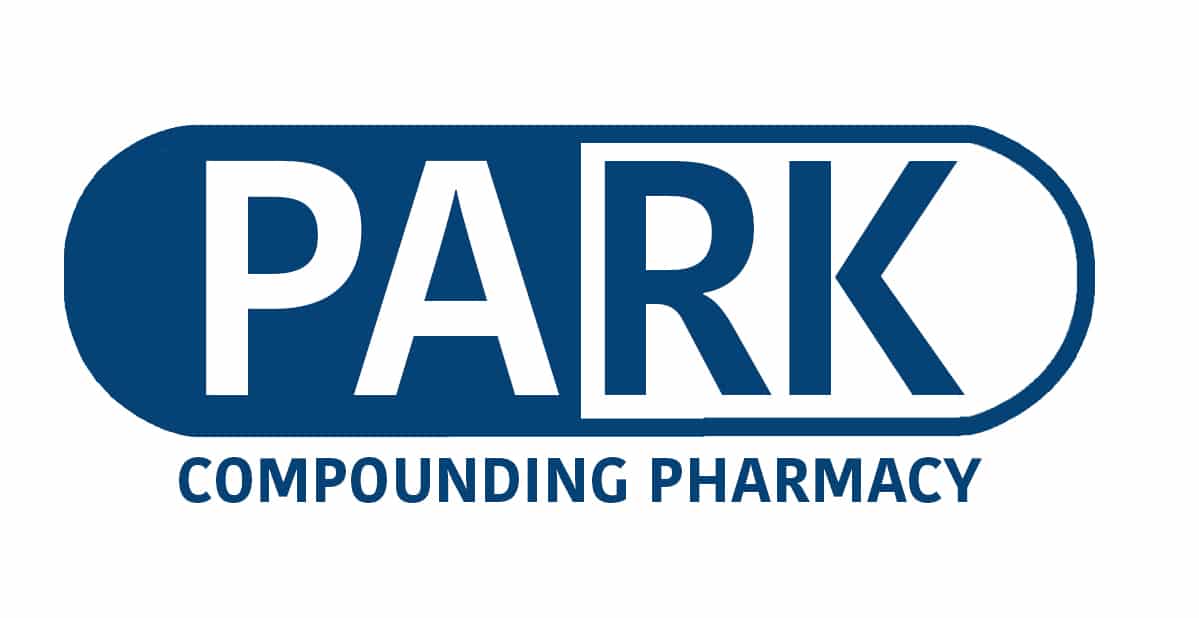Silver has been used for hundreds of years to treat infections and prevent the spread of bacteria. The toxicity of silver to human cells is low compared to its toxicity to bacterial cells which makes it especially effective for this purpose. Until recently, hospitals in the United States put silver eye drops in infants’ eyes to prevent conjunctivitis. It is still used in hospitals in everything from bandages to catheters and is also used in water purification. Before the development of antibiotics, silver was much more widely used in medical treatments to prevent the growth of harmful bacteria. Recently silver has made a comeback among some healthcare practitioners who are using it to treat certain resistant infections of the sinus passages.
A Non-Toxic Antibacterial
Silver has had many uses in healthcare over the centuries to prevent contamination and treat infections from a wide range of microorganisms. Throughout the world, silver is used in medical settings and to distribute safe, potable water. Clothes washed in laundry machines that use silver have significantly decreased bacterial counts. While many types of bacteria have started to become resistant to antibiotics, silver continues to be effective against multiple types of bacteria. One of the reasons silver has been used for so long as an antibacterial is that it has a low toxicity in humans.
What is Colloidal or Hydrosol Silver?
Silver that is used as a dietary supplement is referred to as colloidal or hydrosol silver. Both describe how the silver is dispersed through another water in a way so that it does not settle. The particles in silver sprays are small and always measured in nanometers. On its own, silver is not enough to kill a resistant infection. Doctors like Dr. Ritchie Shoemaker and Dr. Neil Nathan, two prominent clinicians in the field of mold toxicity treatment, recommend using a chelating agent to destroy the biofilm that harbors bacteria along with other nasal sprays.
EDTA and Hydrosol Silver Spray
EDTA (ethylenediaminetetraacetic acid) is a chelating agent that destroys the biofilm that harbors bacteria. The biofilm is a layer over the bacteria that protects it and contributes to antibiotic resistance. The combination of EDTA with an antibacterial was described by Dr. Shoemaker, who now recommends a silver spray as part of his well-known biotoxin protocol. The EDTA clears the biofilm and the colloidal or hydrosol silver attacks the bacteria.
Park Compounding Pharmacy does not compound with hydrosol silver, as it is currently not available for use as a drug product. It can only be sold separately as a dietary supplement. Currently we offer Argentyn 23®, a non-prescription dietary supplement spray that contains 23ppm hydrosol silver. This can be sent with any EDTA prescription as a separate, pre-packaged supplement.
Current Research
Recent research has shown that bacteria killed with silver “soaks up” the silver. The dead bacteria will then kill live bacteria that come near it because the silver is leached out into the environment. Silver may also be able to increase the effectiveness of antibiotics by weakening the bacterial cells. This could be especially useful in cases where bacteria have become resistant to antibiotics. The use of silver may be able to reduce the dosage of antibiotics needed to treat an infection. Although it has been used in medicine for a long time, researchers continue to find new and promising applications for silver.
Research
- Antibacterial silver – Metal Based Drugs
- Antimicrobial silver: An unprecedented anion effect – Nature
- Antibacterial Activity and Mechanism of Action of the Silver Ion in Staphylococcus aureus and Escherichia coli – Applied and Environmental Microbiology
- Silver turns bacteria into deadly zombies – Science Magazine
